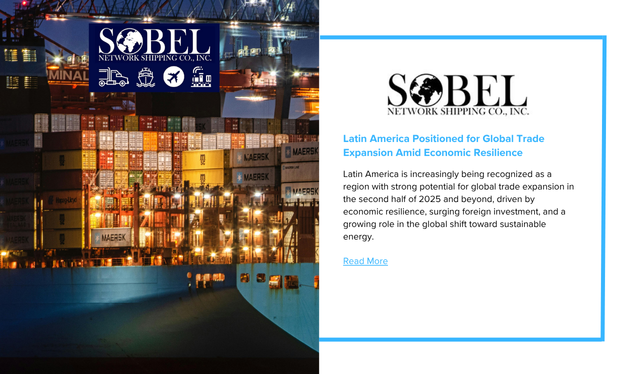Latin America is increasingly being recognized as a region with strong potential for global trade expansion in the second half of 2025 and beyond, driven by economic resilience, surging foreign investment, and a growing role in the global shift toward sustainable energy.
Despite ongoing global uncertainty, key Latin American economies continue to outperform forecasts. Recent analysis highlights stronger-than-expected performance in markets such as Mexico and Brazil, with several countries in the region avoiding recession while maintaining steady growth projections.
Economists point to opportunities arising from the global push toward low-carbon technologies. With many Latin American nations rich in critical minerals—including lithium, copper, nickel, and rare earths—foreign direct investment in mining and energy infrastructure has accelerated. These resources are foundational to renewable energy systems, electric vehicles, and the digital economy, positioning the region as a strategic supplier in global value chains.
Recent data shows that a significant portion of foreign investment into Latin America in 2024 was directed toward projects involving critical minerals. This influx is expected to support job creation, infrastructure improvements, and deeper integration with international trade networks.
Historically perceived as slow-growing, Latin America and the Caribbean are now seeing renewed momentum as governments and industries focus on education, innovation, and technology adoption. Experts emphasize that investing in workforce development and embracing modern manufacturing methods will be essential to building “learning economies” capable of sustained growth and global competitiveness.
As global supply chains continue to shift, Latin America’s stability, resource richness, and evolving industrial capabilities are attracting the attention of international businesses, policy makers, and investors looking for growth and diversification outside of traditional markets.


